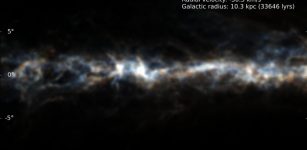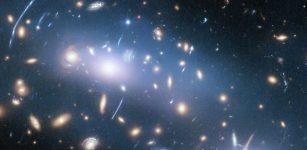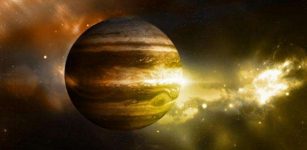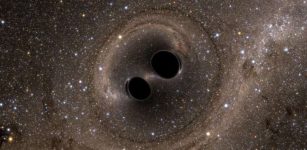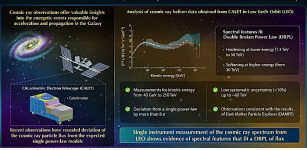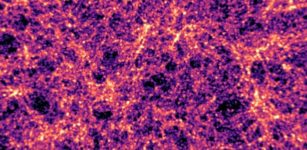Simple Law That Regulates The Growth Of Galaxy Clusters – Discovered
MessageToEagle.com – A simple law that regulates the growth of the clusters has been found by an international team of researchers from Taiwan, Italy, Japan, and the United States.
Using observational data from the Hubble Space Telescope and the Subaru Telescope, researchers have precisely measured the size and mass of galaxy clusters and analyzed obtained data showing that the clusters are still young and growing.
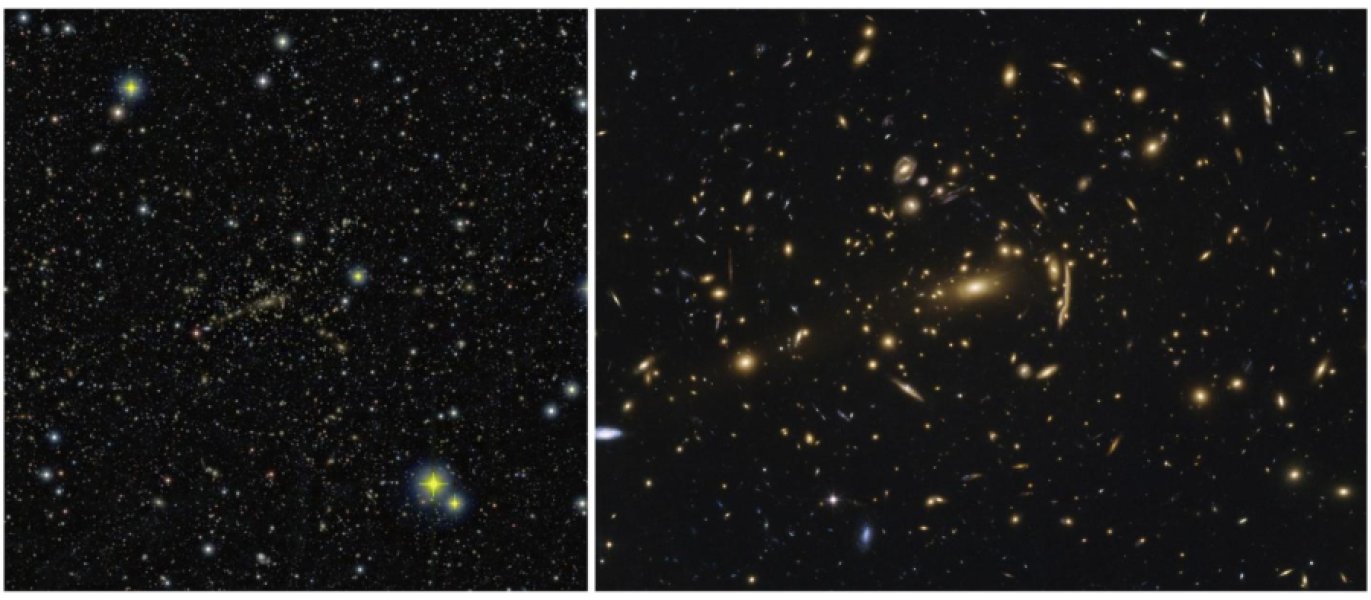
Galaxy clusters are the largest celestial body in the Universe are difficult to measure because they mainly consist of dark matter that we cannot observe directly.
One way to observe the dark matter indirectly is to use the gravitational lensing effect based on Einstein’s theory of relativity. Light rays from a galaxy behind a cluster are pulled by the gravity of the cluster as they pass through it, and their paths are bent. This is exactly the same effect as a lens, focusing the light of the distant galaxy and distorting its shape. If we can measure the distortion of the shape for many background galaxies, we can reveal the gravitational field of the cluster, and as a result, we can accurately measure its size and mass.
“One difficulty in our research,” explains Keiichi Umetsu at Academia Sinica in Taiwan, “was that accurate measurements of the distortion were necessary.”
Combining with gas temperature data from the Chandra X-ray satellite, the research group statistically examined those latest data and found that they conform to a simple law represented only by the size, mass, and gas temperature of clusters. Moreover, by making full use of computer simulations, they showed that clusters have grown over 4 to 8 billion years according to the law. Theoretically, the law means that those gigantic clusters are still in adolescence, growing by drawing a large amount of surrounding substances with their strong gravity.
“We’ve discovered the law that regulates the growth of clusters of galaxies,” Fujita says. “Clusters have an internal structure uniquely created in an early growth spurt.”
The law is so simple that we can use it to calibrate cluster mass-observable relations, which are a key ingredient for studying the cosmological laws of the Universe.
“Our research draws us closer to explaining the evolutionary history of clusters and the Universe,” Fujita adds.
MessageToEagle.com


